Employee engagement is a vital factor in fostering a motivated and productive workforce. When employees feel valued, connected to the company's mission, and appreciated for their contributions, they are more likely to be engaged and committed to their work. In this blog post, we will explore four key strategies for boosting employee engagement: valuing others through active listening, connecting their role to serving the customer, promoting work-life balance, and offering occasional special incentives rather than constant rewards. By implementing these practices, you can create an environment that empowers your team and drives their overall engagement and satisfaction.
Valuing Others through Active Listening: One of the most powerful ways to boost employee engagement is by valuing others through active listening. This involves genuinely seeking and considering your employees' ideas, feedback, and concerns. By actively listening, you show respect for their perspectives and demonstrate that their input matters. This practice not only encourages open communication but also fosters a sense of ownership and empowerment among your team members. When employees feel heard and valued, they become more invested in their work and are motivated to contribute their best ideas and efforts.
Connecting Their Role to Serving the Customer: Employees are more likely to be engaged when they understand the impact of their work on the customer's experience. Help your team members see the direct link between their roles and the value they provide to customers. This can be achieved through regular communication, sharing customer success stories, and providing opportunities for employees to interact with customers directly. When employees see the positive impact they have on customers, they develop a sense of purpose and pride in their work, driving higher levels of engagement.
Promoting Balance: Recognize that employees are human beings with lives outside of work. Selfcare is a priority in high stress environments, but it is crucial to know that there is no set work – life balance that includes equal hours of work, relax, and sleep. There are some times when people will need to work harder and spend more hours on project, while other times it can be more relaxed. By helping employees understand that they are not a cog in a machine and that there will be times where we work more and times when we work less it will help them understand that we value them as individuals.
Offering Occasional Special Incentives over Constant Rewards: While rewards and incentives can be effective in motivating employees, offering occasional special incentives can have a more significant impact on engagement compared to constant rewards. Constant rewards may become expected and lose their value over time. On the other hand, occasional special incentives, such as surprise bonuses, unique recognition programs, or team outings, create a sense of excitement and appreciation. They can serve as powerful motivators, driving employees to go above and beyond in their work. By strategically offering special incentives, you create a positive work environment that fosters engagement and enthusiasm.
Boosting employee engagement is essential for creating a thriving and high-performing workforce. By valuing others through active listening, connecting their role to serving the customer, promoting balance, and offering occasional special incentives, you can cultivate an environment where employees feel valued, motivated, and connected to the organization's mission. Remember that employee engagement is an ongoing process, and it requires consistent effort and attention. By implementing these strategies, you can create a positive and engaging work culture that inspires your team to reach new heights of success.
“Businesses wonder why it is still hard to be thought of as the brand of choice with the best customers and top employees. How can our business make more profitable transactions and stay out of the commodity battle with low profits? How can we land and keep top talent in our organization with the salary wars. Kevin teaches your sales and leadership teams how to build the key ingredient to be successful with their relationships and take your goals to the next level with high levels of engagement.
Kevin’s website: www.kevinsidebottom.com
Kevin’s email: kevin@kevinsidebottom.com
The Sales Process Online Membership Site
https://www.kevinsidebottom.com/pricing-page
The Sales Process Uncovered Book
https://www.amazon.com/Sales-Process-Uncovered-Success-Influence/dp/0578421518/ref=sr_1_1?crid=8XUM4QL2RC6M&keywords=the+sales+process+uncovered&qid=1673274567&sprefix=the+sales+process+uncovered%2Caps%2C90&sr=8-1










